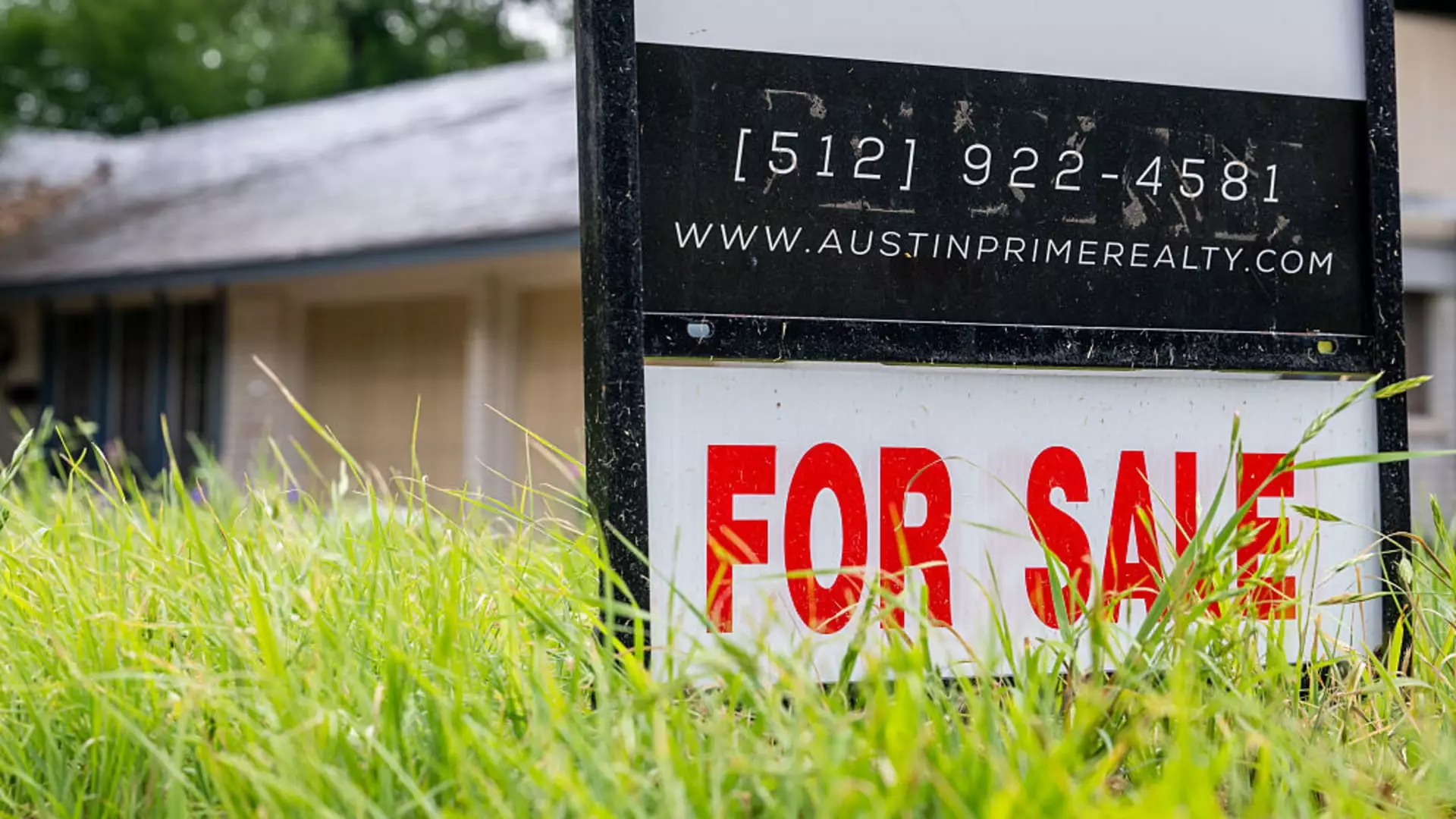Last week’s mortgage landscape revealed a narrative plagued by cautious homebuyers grappling with economic uncertainties. The Mortgage Bankers Association’s data presents a paradox: while the average contract interest rates for 30-year fixed mortgages slightly dipped to 6.89%, applications for new home purchases plummeted by 4%. This signals a worrying disconnect between the seemingly favorable borrowing environment and the reluctance of buyers to engage with the market. In essence, buyers appear to be in a state of standstill, hinting at larger concerns about the economy that are dissuading them from taking the leap into home ownership.
First-Time Buyers: The Silenced Market Segment
Interestingly, while the overall homebuying activity has slowed, first-time buyers are still making their presence felt. Given that they represent a crucial demographic for supporting the housing market, their involvement gives a glimmer of hope amidst a broader backdrop of stagnation. The Federal Housing Administration (FHA) purchase applications experienced only a slight decline, suggesting these novice buyers are either undeterred by market conditions or believe it’s now or never. However, this situation raises critical questions about affordability and accessibility in the current economic climate. Such dynamics often fuel a cycle of inequality, as a more considerable purchase gap widens between the affluent and aspiring homeowners.
The Refinancing Paradox: A Surging 42% Yet Dwindling Hope
On the flip side of the mortgage coin, refinancing rates saw a striking 42% increase compared to the same week last year, despite a simultaneous 4% weekly decline. The research indicates that homeowners are opting to refinance strategically, banking on even lower rates in the future, while the current rates hover around 7%. This indicates not an uninhibited enthusiasm for refinancing but rather caution and pessimism surrounding the rate outlook. The average loan size for refinances dipped below $290,000, illustrating that homeowners are not massively upsizing but are instead looking for minimal relief rather than a drastic change in their mortgage commitments.
The Bigger Picture: Economic Indicators and Consumer Trust
Economic indicators continue to cast a long shadow over the housing market. Labor market weakness and fluctuating inventory levels are compelling factors contributing to buyer hesitancy. The notion that consumers may be holding back until they see more pronounced economic stability suggests a broader erosion of trust. In such an environment, homebuyers become increasingly risk-averse, and it’s easy to see how even minor fluctuations in rates may be met with skepticism rather than optimism.
Ultimately, these dynamics reflect a critical moment in the American housing market landscape, where rising mortgage rates and fluctuating economic signals churn unease among prospective buyers and existing homeowners alike. What is needed now is not only a stabilizing of rates but also a concerted policy effort to foster economic confidence, ensuring that homeownership remains an attainable reality for all, especially the first-time buyers who embody the aspirational American dream.

